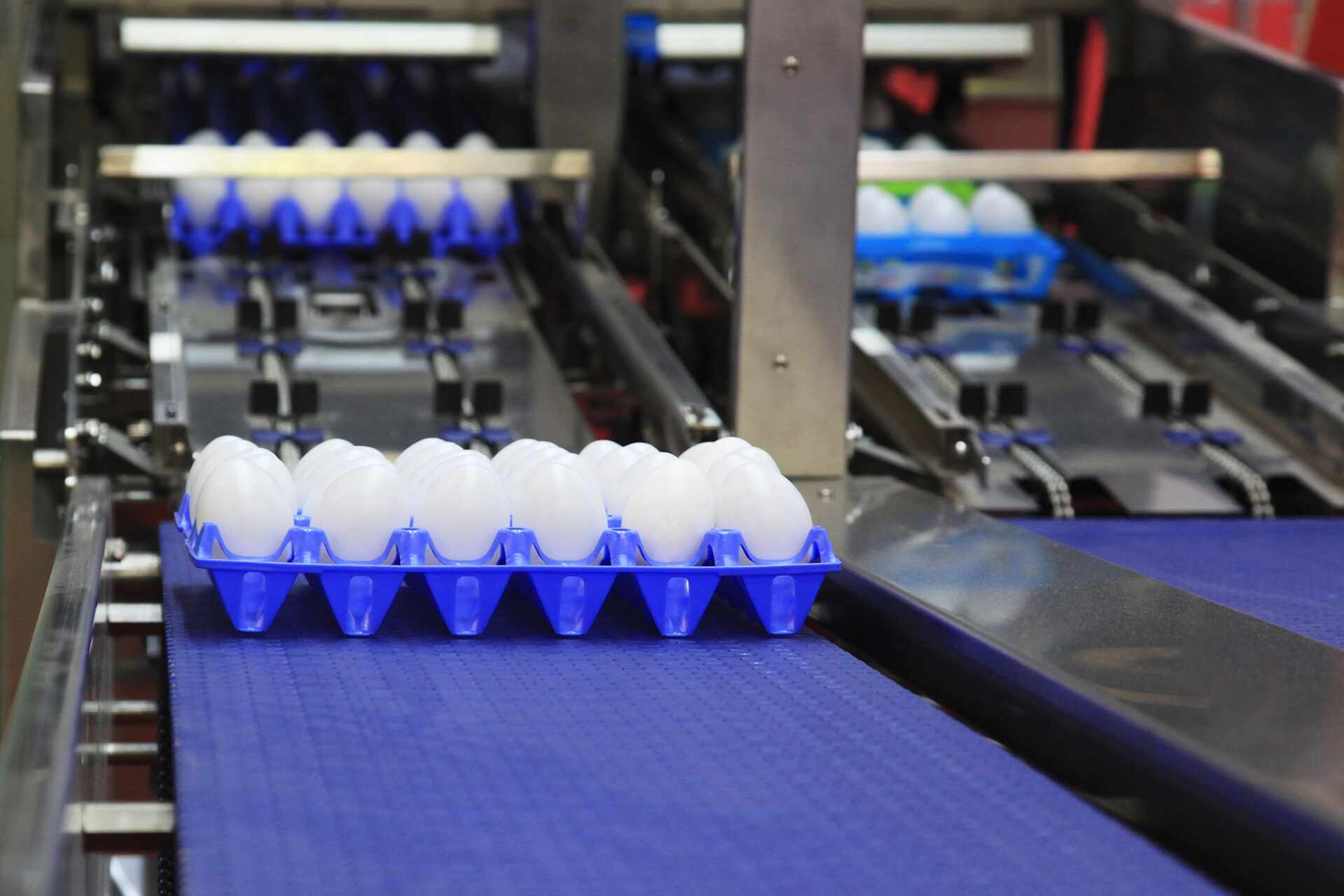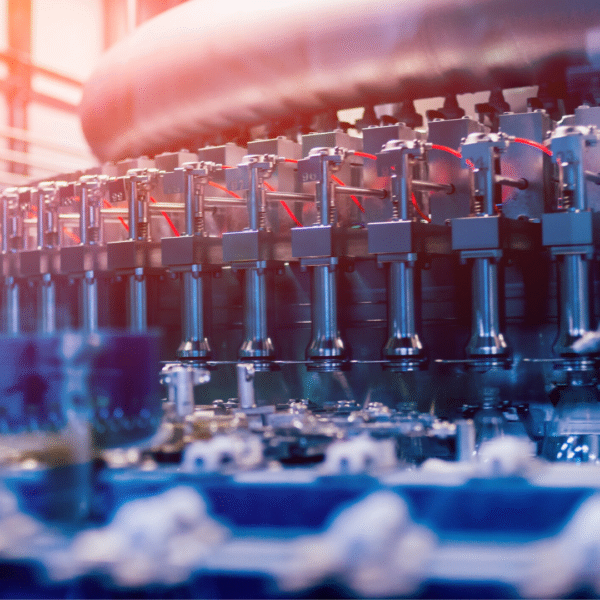As a food manufacturer, the efficiency of your conveyor belt system is paramount to the overall productivity, performance, and profitability of your operations. Achieving optimal efficiency requires careful consideration of numerous factors, such as belt type, conveyor system design, and appropriate maintenance practices.
By identifying and implementing innovative solutions and strategies aimed at maximising system efficiency, you can boost operational performance, reduce waste, and maintain the highest levels of food quality and safety.
In today’s rapidly evolving food manufacturing landscape, staying ahead of the curve and embracing progress is essential for long-term success and competitiveness. To help you navigate the complexities of conveyor belt system efficiency, we’ve compiled this informative guide to explore the latest innovations, technologies, and best practices that can transform your operations and optimise your conveyor belt system’s performance.
Energy-Efficient Motors and Drives
One of the key innovations improving conveyor belt system efficiency is the integration of energy-efficient motors and drives. Energy-efficient motors consume less power and produce less heat, resulting in lower energy costs and longer equipment life. When selecting a motor for your conveyor belt system, be sure to consider:
1. High-Efficiency Motors: High-efficiency motors are specifically designed to provide significant energy savings while maintaining consistent performance. These motors often meet or exceed the performance standards dictated by national energy regulations.
2. Variable Speed Drives (VSDs): VSDs allow you to control the conveyor belt’s speed, making it adaptable to different production requirements and reducing energy consumption.
3. Motor Selection Criteria: When choosing a motor, consider not only efficiency ratings but also compatibility with your conveyor belt system, size, required torque, and durability requirements.
Smart Conveyor Belt Technologies
The rise of smart technologies in conveyor belt systems has led to the development of innovative features that enhance efficiency, productivity, and food safety. Some of these advanced features include:
1. Automatic Tensioning Systems: Automatic tensioning systems monitor and adjust belt tension in real-time, eliminating the need for manual adjustments and reducing the risk of belt slippage or misalignment.
2. Predictive Maintenance Solutions: Remote monitoring and diagnostics systems equipped with sensors collect and analyse data related to conveyor belt system performance. This allows for the early detection of potential issues, enabling operators to address them before they lead to costly downtime.
3. Food Safety Monitoring: Advanced conveyor belt systems can integrate food safety monitoring technologies such as metal detectors, x-ray systems, and food-grade cameras, ensuring that food products meet quality standards while maintaining the efficiency of the manufacturing process.
Advanced System Design Principles
Optimised conveyor belt system design can play a significant role in maximising efficiency. Consider the following advanced design principles when designing or upgrading your conveyor belt system:
1. The Right Belt Type and Material: Selecting the ideal conveyor belt type and material for your specific food manufacturing operation is critical to optimising system efficiency. The belt type should be suited to the products being transported and should comply with food safety regulations.
2. Incline Evaluation: Determining the correct angle of inclination for your conveyor system minimises product losses and the risk of belt slippage, improving overall efficiency.
3. System Layout: A well-organised conveyor belt system layout contributes to streamlined production processes, reduces the risk of bottlenecks, and minimises energy consumption.
Optimised System Controls
Efficient system controls are vital for maximising conveyor belt system efficiency. Upgrading and optimising your system controls can result in significant improvements to system performance. Keep these factors in mind when upgrading your controls:
1. Programmable Logic Controllers (PLCs): Integrating a PLC into your conveyor belt system can optimise efficiency by automating specific operations, centralising control, and allowing for fine-tuning and customisation of system performance.
2. Human-Machine Interface (HMI): Implementing an HMI simplifies the communication between operators and conveyor belt systems, providing real-time information about production, performance, and potential issues.
3. Motor Control Improvements: Advanced controls such as variable frequency drives can offer significant energy savings and optimised speed control, enabling your conveyor belt system to adapt to changing production demands.
Final Thoughts
Embracing innovation and implementing state-of-the-art solutions can have a transformative effect on your conveyor belt system’s efficiency, ultimately driving productivity, reducing costs, and maintaining food safety in your manufacturing operation.
By integrating energy-efficient motor technology, leveraging smart conveyor belt features, optimising system design, and upgrading system controls, you can unlock new levels of efficiency and achieve unparalleled success in the food manufacturing industry.
Propel your food manufacturing operation to the forefront of innovation with Change Parts’ expert guidance, premium-quality conveyor belt products, and steadfast support.
Contact our experienced team at Change Parts today to discover how our cutting-edge solutions can enhance the efficiency and performance of your conveyor belts, enabling you to lead the charge in the dynamic food manufacturing sector.




